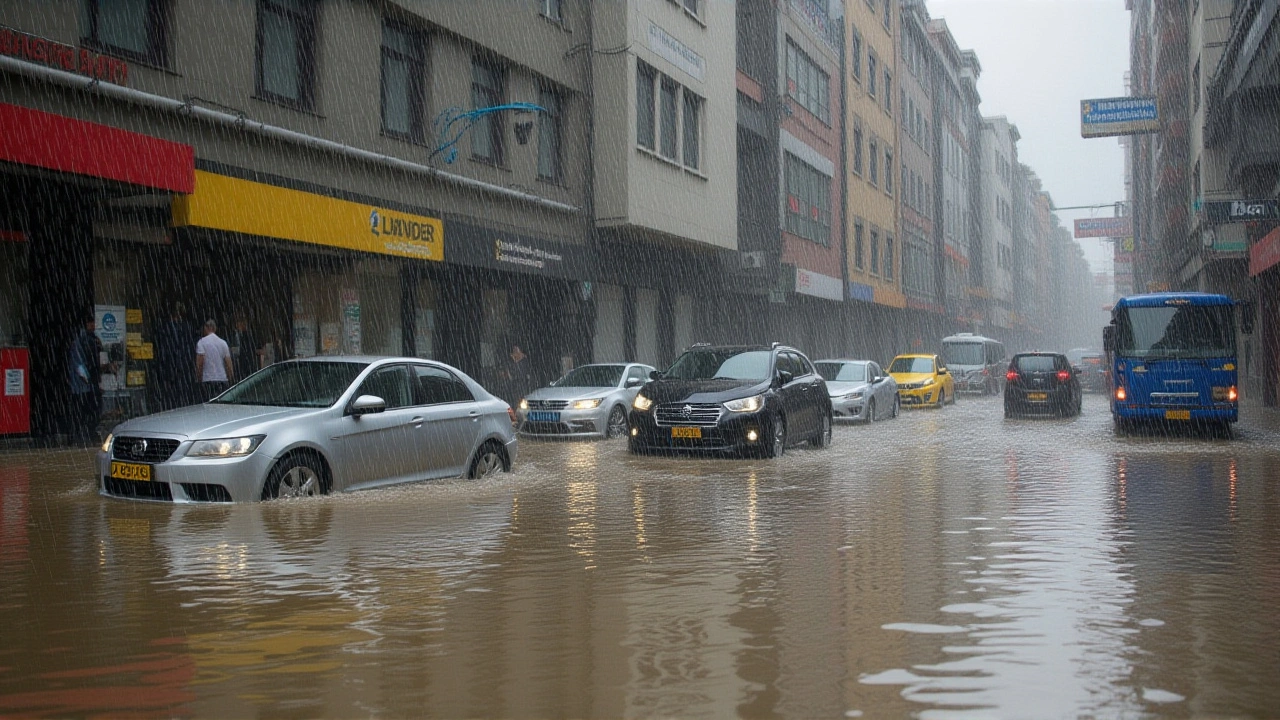Kenya Meteorological Department – News & Updates
When you hear about the Kenya Meteorological Department, the government body that tracks weather, issues forecasts and warns about extreme conditions across Kenya. Also known as KMD, it plays a key role in keeping communities safe and economies running smoothly. Kenya Meteorological Department isn’t just a name on a website – it’s the hub for daily climate data that farmers, pilots and tourists all rely on. Below you’ll find a mix of stories that show how its work touches many parts of life.
The department’s core service is weather forecasting, producing short‑term and long‑term predictions about temperature, rain, wind and storms. This forecasting enables emergency services to act fast when floods loom, and it feeds the agricultural sector with the timing of rains. For example, a reliable rain outlook can mean the difference between planting on time or losing a whole season. In our collection you’ll see how accurate forecasts have helped communities avert disaster and plan harvests.
Beyond daily forecasts, the department conducts climate monitoring, continuous observation of long‑term climate trends such as temperature shifts and seasonal rainfall patterns. This monitoring informs policy makers about climate change impacts and shapes national adaptation strategies. When the data shows a drying trend in the arid north, water managers can prioritize reservoirs, while coastal planners can brace for rising sea levels. Several posts explore how climate monitoring drives decisions that affect everything from infrastructure to health.
Why It Matters for Everyday Life
One of the biggest beneficiaries of the department’s data is agricultural planning, the process farmers use to decide what to plant, when to sow and how to manage water resources. By linking rainfall forecasts to planting calendars, farmers can reduce crop failure risk and improve yields. In our news roundup you’ll read about smallholder farms that used KMD’s seasonal outlook to switch to drought‑resistant crops, boosting food security in vulnerable regions.
Tourism also leans heavily on accurate weather info. The department’s updates on coastal breezes, safari heat waves and mountain snow levels guide tour operators, hikers and hotel owners. When a storm warning hits the Indian Ocean, resorts can adjust bookings and safety protocols, protecting guests and staff. Our articles highlight how real‑time alerts keep tourists safe while helping businesses stay open.
All these pieces fit together: weather forecasting supplies the short‑term data that agricultural planning needs; climate monitoring provides the big picture that shapes long‑term strategies; and both feed the tourism sector’s risk management. The Kenya Meteorological Department acts as the connective tissue, turning raw numbers into actionable advice for everyday people.
In the posts below you’ll discover real stories – from a flood‑prone village that avoided loss thanks to early warnings, to a coffee farmer who timed his irrigation using the latest forecast. You’ll also see how policy makers cite KMD’s climate reports when drafting water‑use regulations. This curated mix shows the department’s broad impact and gives you practical insights you can apply, whether you’re a farmer, a traveler, or just curious about Kenya’s weather.
Ready to see how the Kenya Meteorological Department’s work shapes headlines and everyday decisions? Scroll down and explore the latest updates, analyses and on‑the‑ground reports that illustrate the power of accurate weather data across the country.
Kenya Meteorological Dept Issues Heavy Rain Warning for 39 Counties
Kenya Meteorological Dept warns of heavy rain across 39 counties, urging safety steps as the short‑rain season approaches. Flood risk and emergency prep detailed.
More
